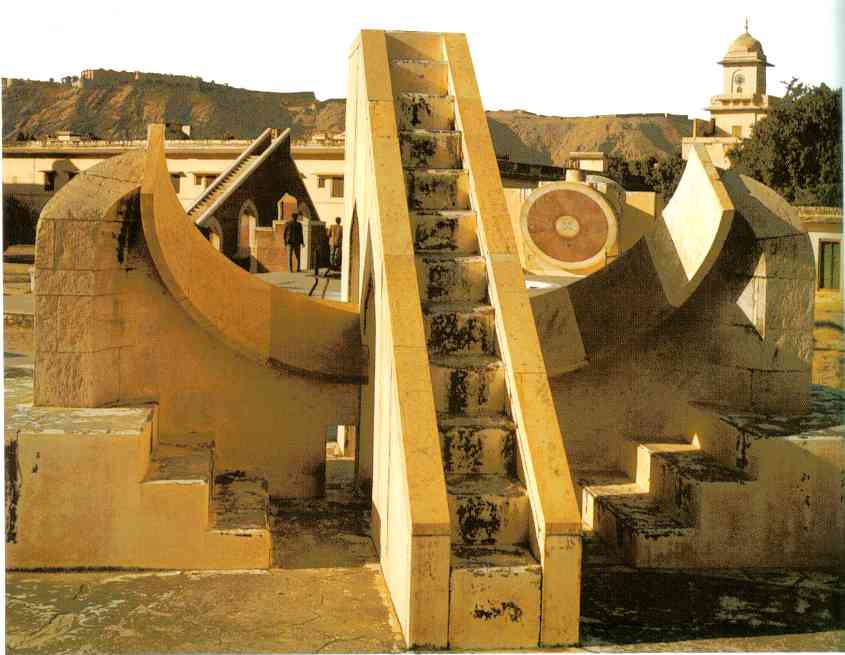Science
Related: About this forumAn ancient astronomer's observations of a 1,000-year-old supernova have just been unearthed
An ancient astronomer's observations of a 1,000-year-old supernova have just been unearthed
A blast from the past.
JOSH HRALA
29 APR 2016
If you think about it, astronomers haven’t been studying the skies for very long. The first telescope was invented in 1608, based on an early patent by Dutch eyeglass maker Hans Lippershey, and while that seems like a long time ago, it’s nothing compared to the age of humanity or - on a much larger scale - the Universe.
But just because our ancestors lacked the ability to fully study objects in space, doesn’t mean they ignored the events taking place in the sky. In fact, when researchers today want to study events that happened long ago, they often turn to ancient astronomers who worked with little to no tools, which is exactly what’s happening right now with SN 1006 - a supernova that exploded over 1,000 years ago.
Since there are no actual scientific documents to help today's astronomers study the supernova, which shined about as bright as Venus for three months in 1006 AD, researchers from Germany have turned to an unlikely source: Islamic philosopher Ibn-Sīnā, who wrote a number of influential works during the Islamic Golden Age.
One of Ibn-Sīnā’s most notable works is the Kitab al-shifa (The Book of Healing), written around 1013 AD. According to the team led by R. Neuhauser from Jena Observatory, a passage in The Book of Healing could provide insights into how people on the ground viewed SN 1006.
More:
http://www.sciencealert.com/an-ancient-astronomer-from-1000-ad-just-helped-researchers-study-a-supernova
Ghost Dog
(16,881 posts)would be the most likely to have recorded and reflected upon such observations (if not Hindu or Chinese...). Especially the likes of Avicenna.
{Note: Even though he was a Persian scholar, we think that it is correct to speak here of an Arabic report about SN 1006, because the transmitted text itself is written in Arabic}
/... https://arxiv.org/pdf/1604.03798v1
eppur_se_muova
(36,264 posts)
